Sketchy Microbiology: Vibrio Cholerae (and V. parahaemolyticus, V. Vulnificus)
1/16
Earn XP
Description and Tags
Name | Mastery | Learn | Test | Matching | Spaced |
|---|
No study sessions yet.
17 Terms
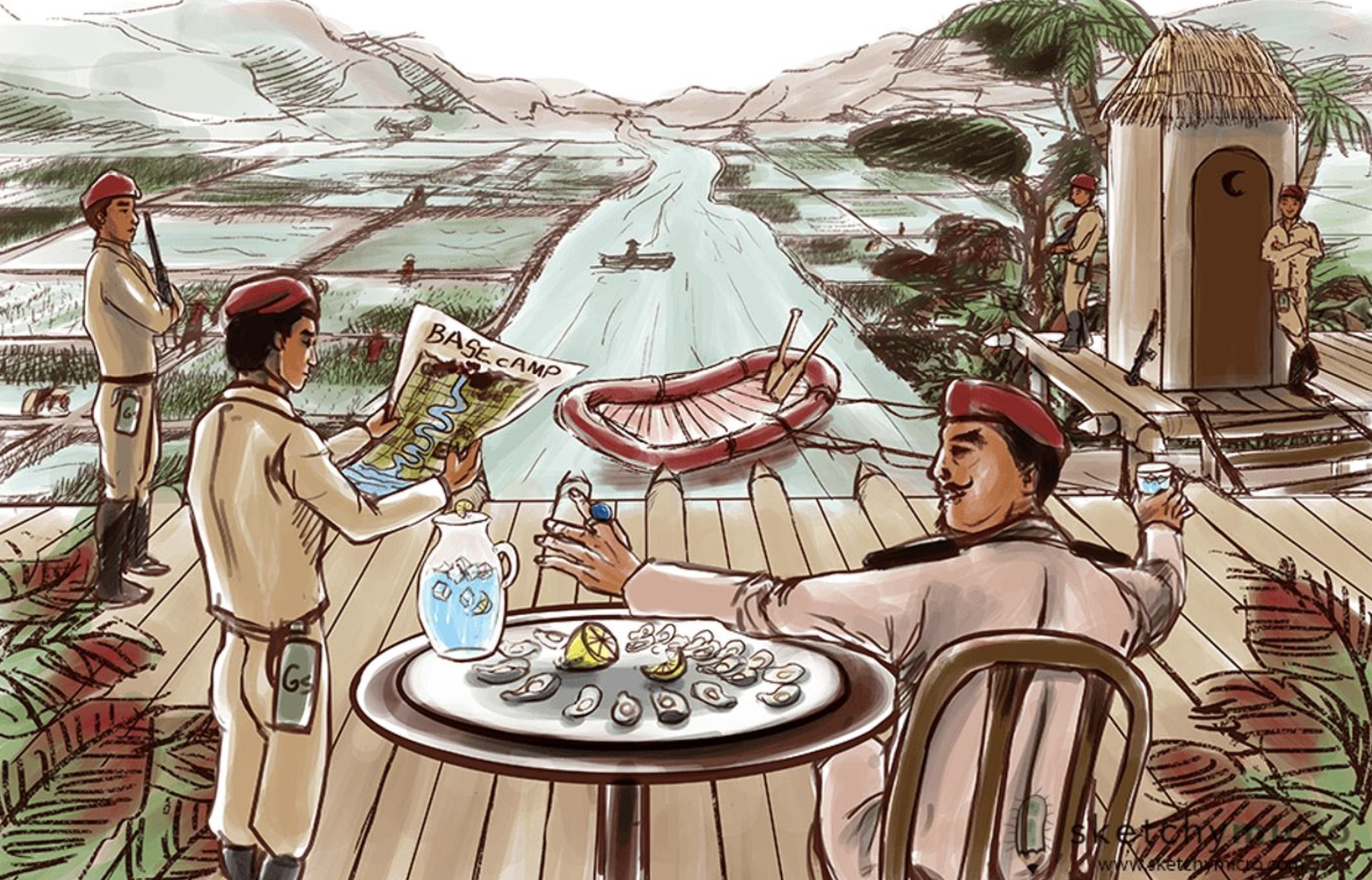
Colonel Cholera's Base Camp
Colonel — Colon (Intestines / Enteric)
Cholera — Vibrio Colerae
Base — Likes Alkaline pH
Camp — cAMP increases → secretion of Na, K, Cl, HCO3, H2O
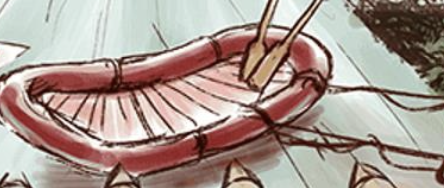
Hint: Raft Color
Red Raft — Gram Negative Rod

Comma Shaped Mustache — Gram Negative Comma Shaped Rod Enteric Tract Bacilli
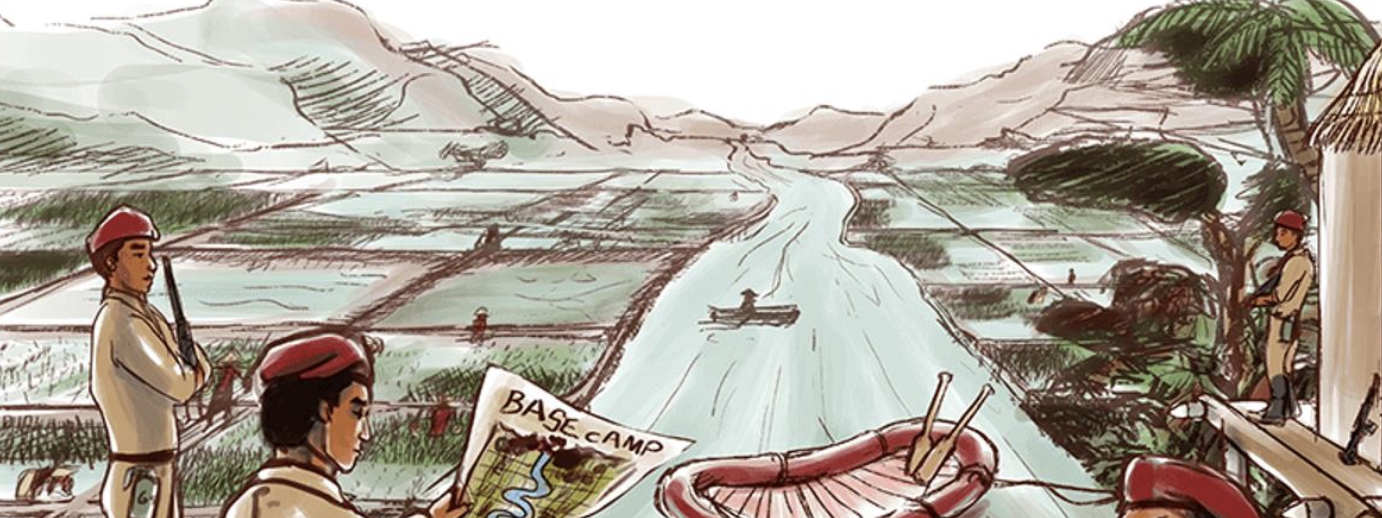
Hint: In warm climate but in long sleeves / pants
Vibrio (cholerae, parahaemolyticus, vulnificus) grows in broad temperatures (14 - 40 deg C)
Vibrio (cholerae, parahaemolyticus, vulnificus) is halophilic (salt tolerant)
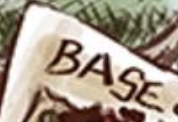
Base ←→ Alkaline pH (6.5 - 9)
Culture it on Alkaline Enrichment Culture or TCBS (Thiosulfate Citrate Bile Salts Sucrose) - selective differentiating agar
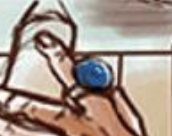
Blue Ring — Oxidase Positive
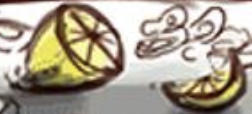
Lemon — Acid Liable (Dies with acid or low pH)
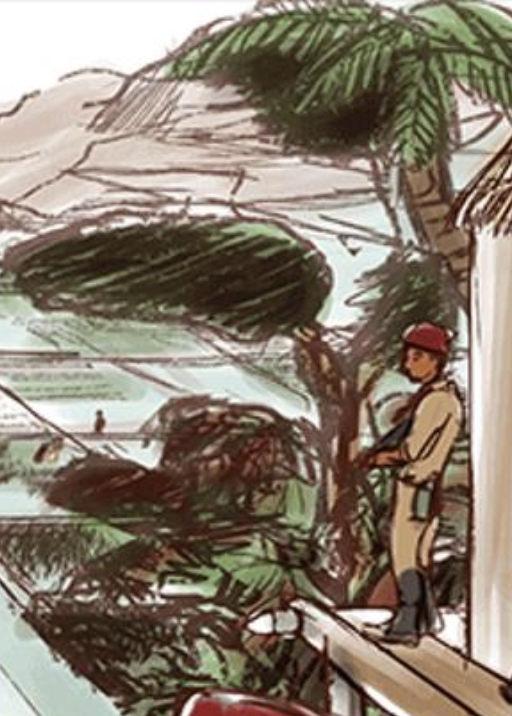
Tropical — Typically found in tropical areas
Military — Typically found in “conflict areas”
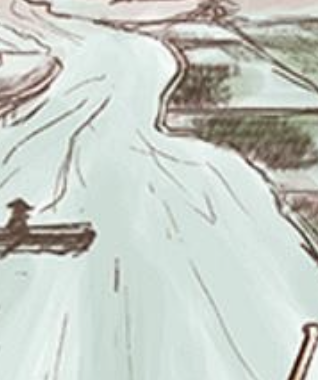
Primarily found in water (V. Cholerae colonizes the zooplanktons found in the water)
Which O Group of V. Cholerae causes disease?
01 and 0139
What are the virulence factors of V. Cholerae ?
Cholera Toxin
Toxin-coregulated pilus (TCP)
Motility
Mucinase, Protease

Rice Patties — V. Cholerae causes profuse watery diarrhea "Rice Water" stool
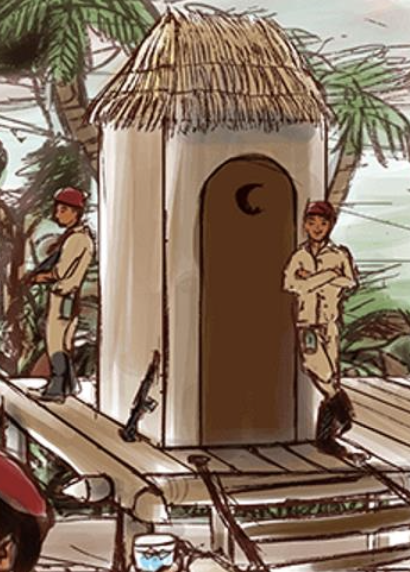
Outhouse dumping directly into the river — V. Cholerae is transmitted fecal oral due to poor sanitation that gets into food and is not an invasive infection

Raft attached to shore — V. Cholerae attaches to the mucosa via fimbriae that attach to ganglioside receptors in the intestinal wall
What is the pathomechanism of Vibrio Cholerae?
Cholera toxin binds epithelium cells’ GM1 gangliozid via B subunit → A subunit splits → A1 enters cell → Adenyl cyclase activated by Gs regulator protein → intracellular cAMP rises → secretion of Na, Cl, HCO3, H2O out of lumen → diarrhea
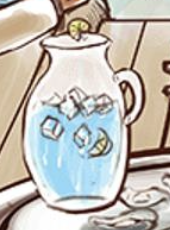
Drinking water — Main treatment for V. Cholerae is oral rehydration therapy with electrolytes
If necessary; Doxycycline or Azythromycin (in kids and prego women)

Oysters — Vibrio Parahaemolyticus and Vibrio Vulnificus found in raw seafood